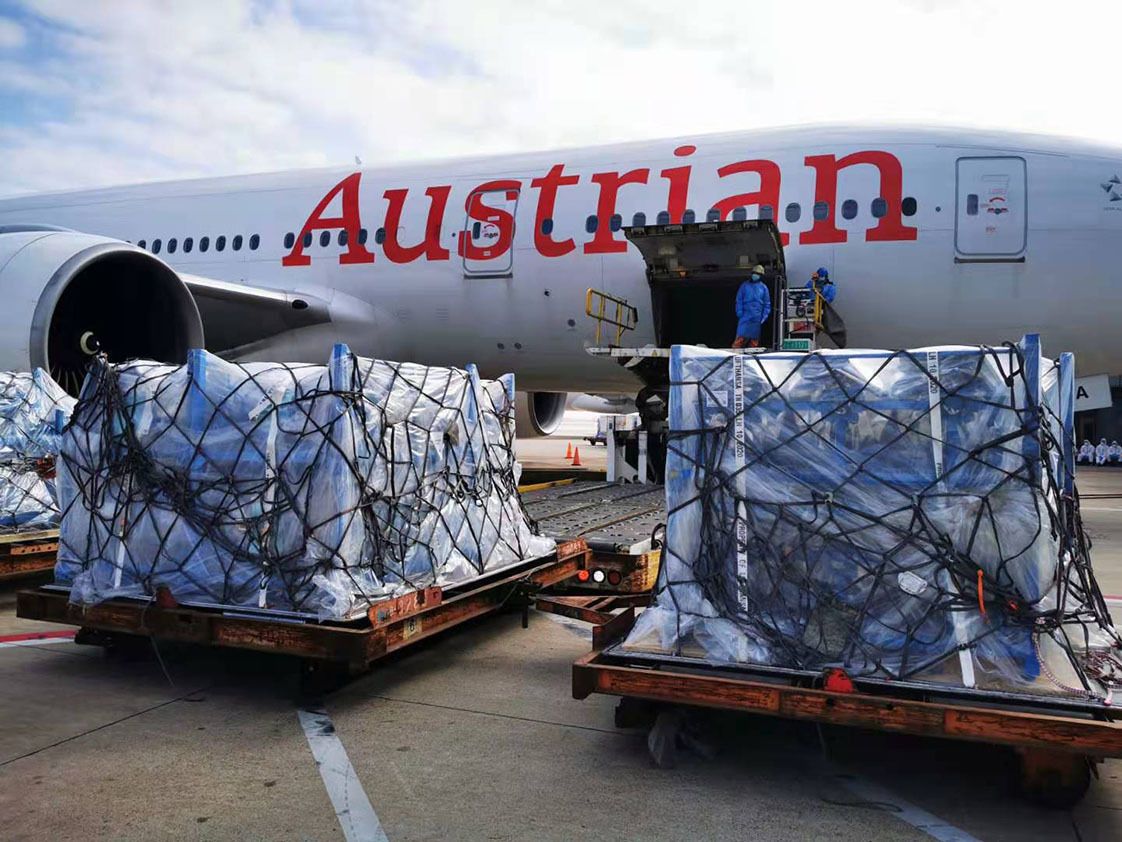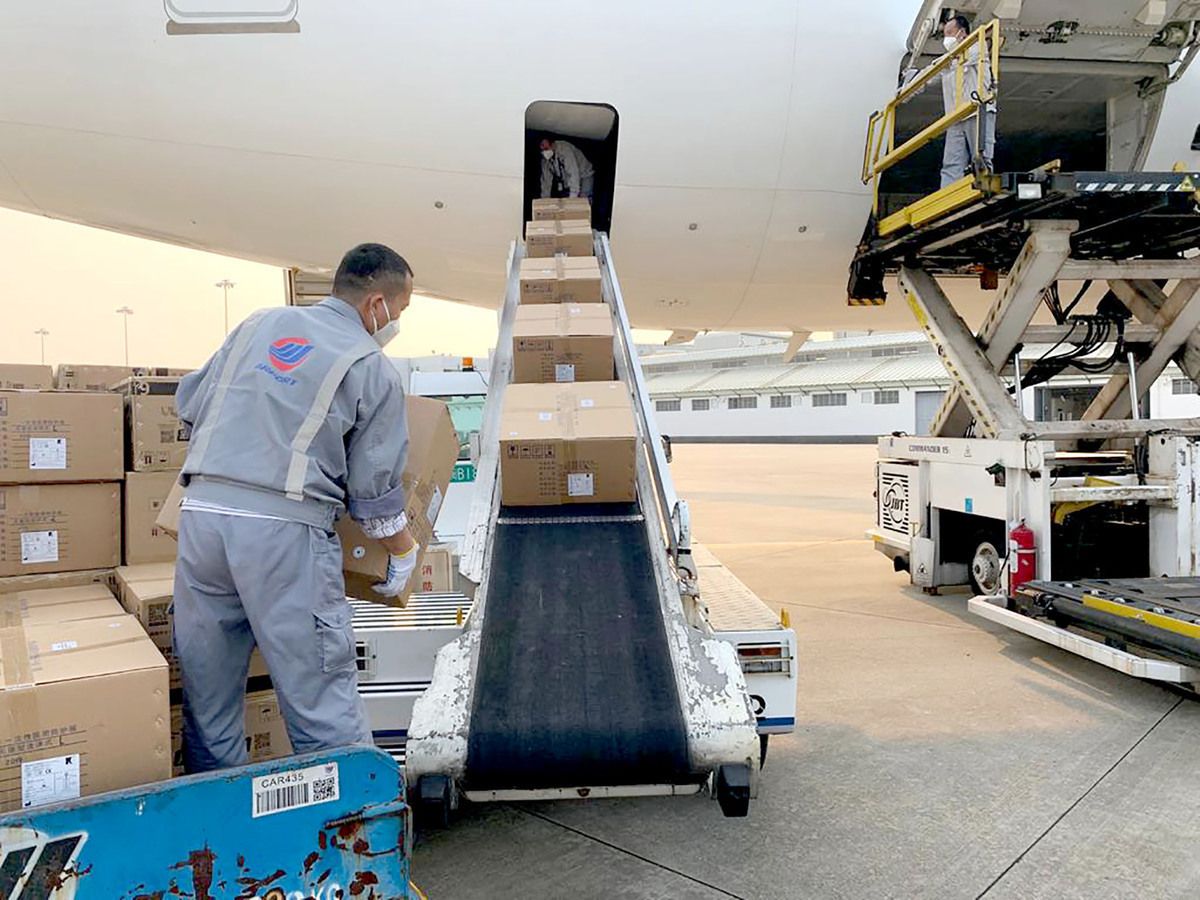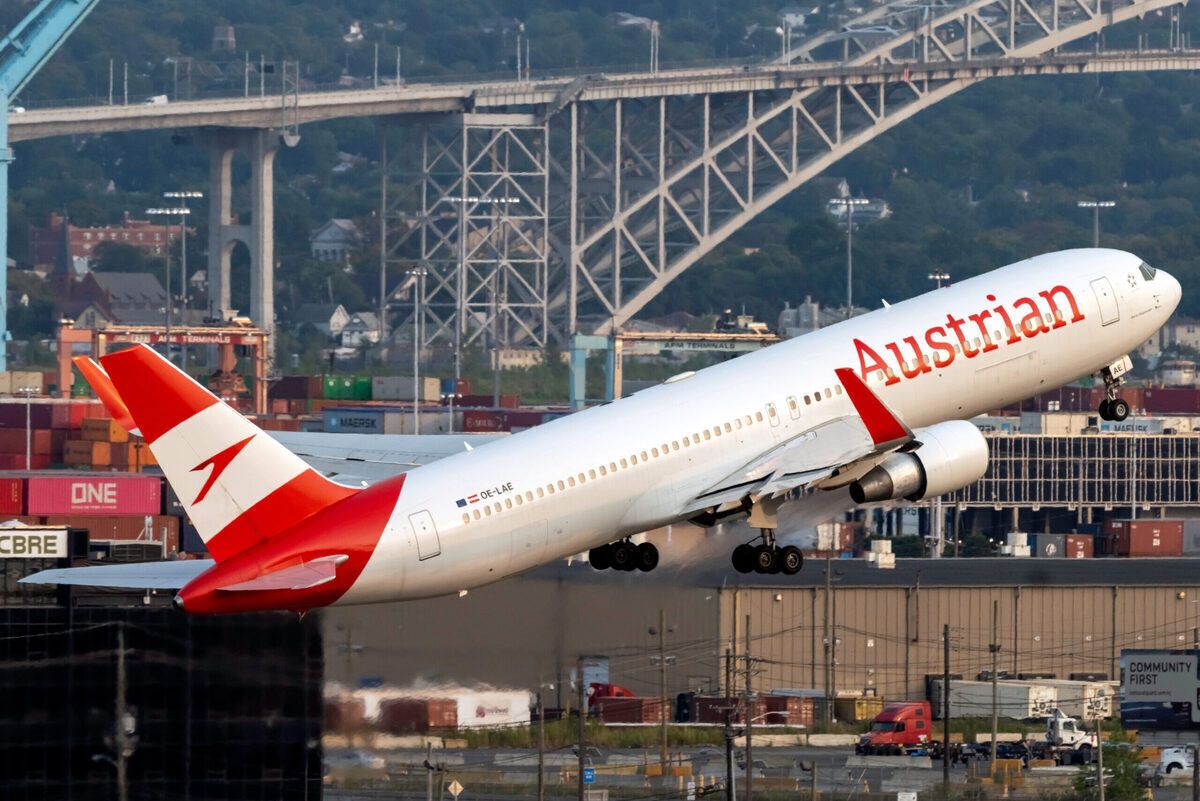Austrian Airlines has restored its two makeshift freighters into their full passenger configuration. Seats had been removed from two of the airline's Boeing 777 aircraft to create additional space for high-volume low-mass loads such as face masks at the height of the COVID-19 pandemic.
In March 2020, airlines began to ground aircraft left, right, and center. As cargo is typically carried in the belly of passenger flights, this led to a sudden shortage of capacity. To deal with this sudden shortfall, tied with a huge need to carry PPE from east to west, many airlines began operating passenger aircraft solely for cargo flights.
Back to regular service
Austrian Airlines converted two of its Boeing 777 aircraft into temporary freighters by removing the passenger seats on them. The 'preighter' aircraft (a term coined by Lufthansa Group CEO Carsten Spohr) have operated 159 cargo rotations between Europe and Asia over the past 15 months.
In this time, the aircraft carried 4,500 tonnes of relief to Europe, which became an initial COVID-19 hotspot. This aid included 200 million masks, 15 million pairs of gloves, and 30 million COVID-19 testing kits. These were flown by the airline to Germany and Italy, alongside Austria.
Commenting, Austrian Airlines COO Francesco Sciortino said,
"With our freighter-only operation, we responded flexibly to the requirements of the Corona pandemic. There was great demand for relief goods from Asia – we brought them to Europe. This shows how important a domestic airline with a long-haul fleet is for Austria."
Which aircraft were converted?
Austrian Airlines has six Boeing 777-200ER aircraft. Two of these six had the seats removed to make space for additional cargo on the main deck. As the weight rating of the deck is lower than on a dedicated cargo plane, only lighter loads such as face masks could be placed on the upper deck.
The two aircraft involved were OE-LPA and OE-LPC. According to data from ch-aviation.com, the two aircraft are aged 23.93 and 19.31, respectively. They have current market values of $5.16 million and $9.01 million.
Returning the seats to the Boeing 777 is no small task. According to Austrian Airlines, it takes around 1,000 working hours per aircraft to remove and reinstall the seats. 2,000 across the two planes. It seems that it was worth it for Austrian, though, as the aircraft's cargo capacity was boosted by 35% from 160 meters cubed to 220 meters cubed.
OE-LPA will be the second of the two Boeing 777s restored and will return to long-haul passengers serviced next month. The two aircraft were in their cargo configurations for 15 months.
According to data from RadarBox.com, OE-LPA last ferried cargo from Nanjing to Frankfurt via Vienna on June 4th. In the past 12 months, it has completed 1313.1 flight hours across 157 flights. Meanwhile, OE-LPC has completed 99 flights totaling 990.7 hours over the past 12 months.
Do you see the return of passenger seats as a sign of aviation's recovery? Let us know what you think and why in the comments below!



